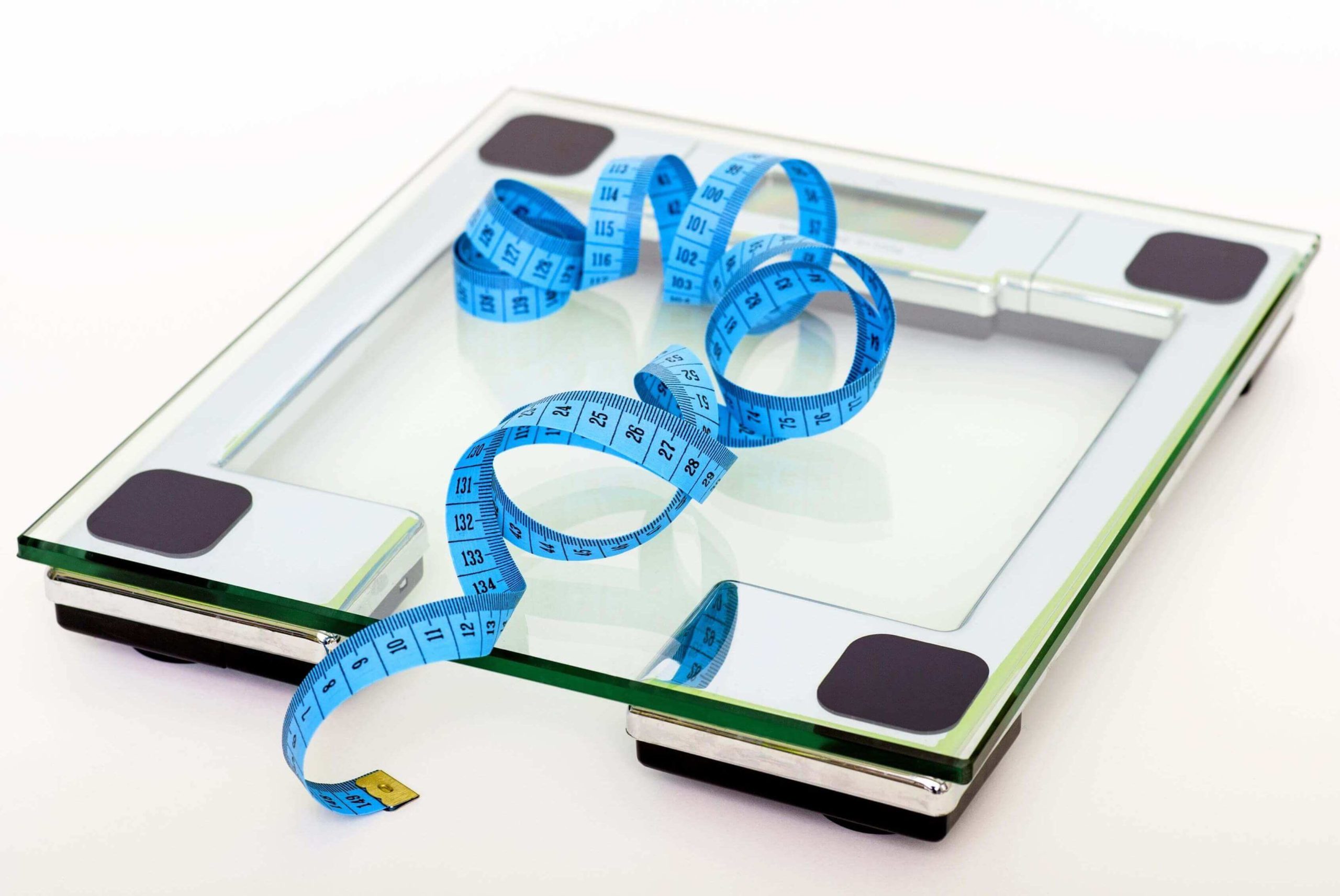Most weightlifters and people who workout to improve how they look hope to keep only a minimal amount of fat on their body. This is because the less fat you have, the more proportional and defined you will look. Usually the goal of most “shredding” or fitness programs is to add muscle to your body then strip away the fat.
Losing fat is the collective goal of most people in the gym who are training for physique and appearance. Even those training more for strength and sports can benefit from having less fat on them.
When you decide to lose fat, the first thing you’re often told is to eat less and be more active. This is good advice. There are some caveats though.
The focus should mainly be on calories in versus calories out, not necessarily just calories in. You can design a diet to incorporate cardio which allows your caloric expenditure to be higher thus allowing your calorie intake to be higher as well. You’re still going to be in a deficit since your energy output will be higher than your energy input but you’ll be able to eat more.
Ultimately, there’s no way around a calorie deficit with the objective of losing weight. If you don’t signal to the body that it needs to burn fat, it won’t.
How Much of a Deficit Is Needed To Lose Fat?
The amount of a calorie deficit you need to be in depends on the amount of fat you have going into a cut. Calorie deficits work for fat loss by telling the body that it needs to find other sources of energy because not all of its energy is coming from food.
As long as you’re working out, the body is not going to take energy from muscles but rather from fat stores. The logic from this may follow that the larger the calorie deficit, the higher the rate of fat loss. But there are problems with large calorie deficits.
One of the problems with large calorie deficits is that they’re ultimately not sustainable. If your deficit is more than 800 calories under your maintenance calories, you probably are going to have trouble sticking to that unless you calculated your maintenance calories wrong or have very large amounts of fat stores. This is because your appetite is going to be ravenous, your energy levels will be depleted, and your metabolism will reflexively slow down.
It takes very large amounts of willpower to stick to an 800+ calorie deficit and it is pointless since it’s not needed for fat loss. It is better to be at a 400-600 calorie deficit and stick to that long term than it is to rush a large calorie deficit and give up once the effects of such a decline in energy is felt.
Also, if you are in a very large deficit the risk of losing muscle mass is much higher. When eating very far below maintenance, the body goes into survival mode and stops being as choosy over what it uses for energy, putting muscle mass at risk.
For these reasons the best calorie deficit to eat at is 400-600 calories below your maintenance calories. This number should be eased into and it’s best to start cutting at only a 200-300 calorie deficit first to see the results of that deficit on your weight. After cutting at those calories for 1-2 weeks, you can then increase the deficit.
How Much Does Cardio Matter?
While your calorie intake is important, the amount of cardio you do is also a factor in how much fat you’re going to lose.
Simple things like going for walks and taking the stairs a few times day are enough to burn off 200-400 extra calories (check out this post for more basic activities that can be done as cardio). Because of this, you can opt out of a 500 calorie deficit just by walking 10,000 steps or so extra every day. That is a bit of an extreme lifestyle change but is an example of how much cardio can play in.
Cardio also stimulates the body to burn fat more than just being in a deficit since cardio, especially anaerobic cardio, releases hormones like testosterone and signals to the body that energy is needed since it needs to supply the ability to perform strenuous activity.
The best strategy to lose fat is to incorporate both a calorie deficit and cardio. They will synergize with each other, make each other easier, and optimize the success of a cutting phase.
Overview
Overall, a calorie deficit is needed to lose fat. Without your energy expenditure being higher than your energy intake, there will be no reason for your body to burn the fat it has.
An alternative to dropping your calories very low, is to pick your activity level up very high. By increasing your activity level you can afford to eat more since cardio requires energy output and will burn the calories you are eating.
The best calorie deficit for fat loss is in the range of 400-600 calories below your maintenance. Maintenance is the amount of calories you typically eat per day without losing weight. Before eating that many calories below your maintenance, start by eating only 200-300 calories below what you normally would and see how that affects your weight and body composition. After 1-2 weeks of those calories you can readjust your deficit depending on your experience eating at that amount.
For more on diet, such as an example of a grocery list for cutting on a budget and the top 5 high protein low-calorie foods, click here.







